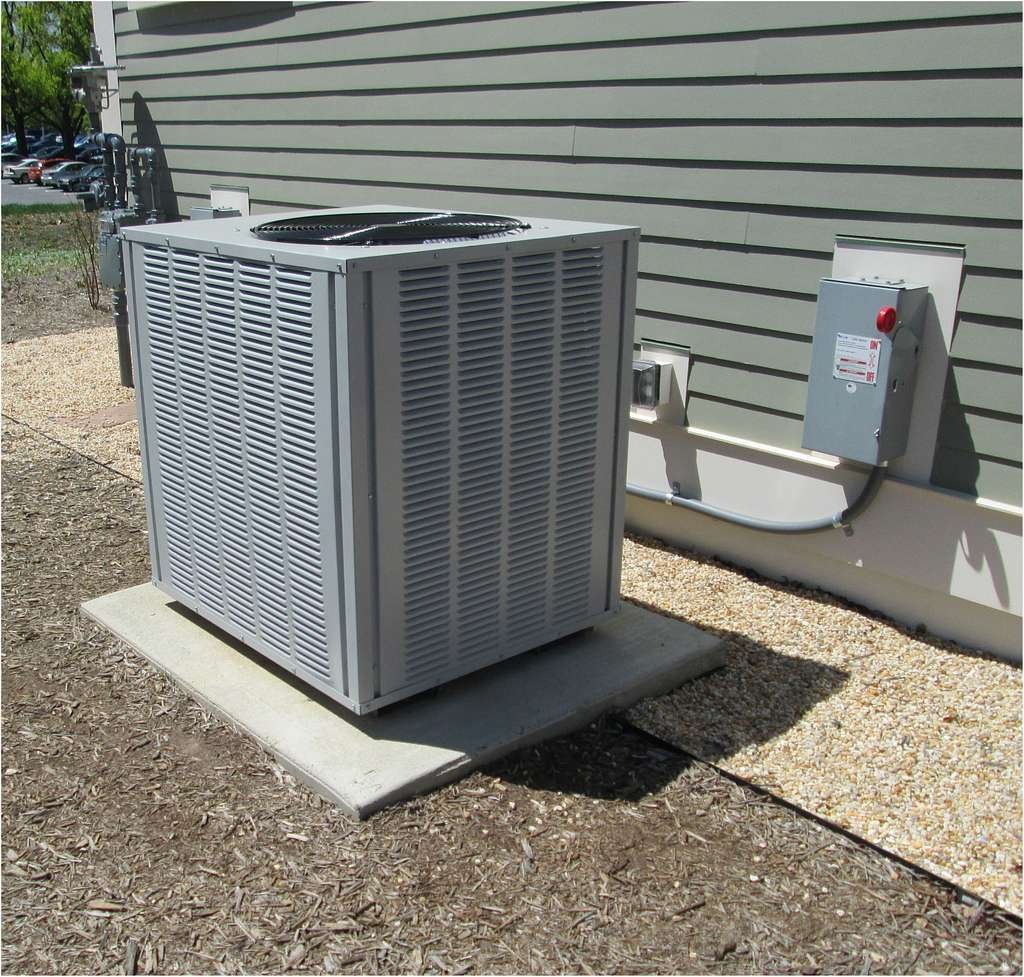Air Conditioning Options for Homes Without Ductwork
Older homes often pose challenges when it comes to installing modern air conditioning systems. These houses usually lack the necessary ductwork infrastructure and may require upgrades to their electrical systems to accommodate new HVAC installations. Adding ductwork to these homes can be invasive, leading to damage to original plaster, woodwork, and floors. Additionally, it can result in the loss of valuable storage space and even require lowering ceilings.
The Problem of Ductwork in Older Homes
Most homes were initially built with traditional heating systems like boilers and radiators that do not require ductwork. Installing conventional ductwork in these homes can be problematic due to size constraints. Traditional ducts can range from 6 to 12 inches wide, making them unsuitable for retrofitting into older homes without significant architectural alterations. This invasive work can be costly and disruptive, deterring homeowners from pursuing this option.
The Alternative: Ductless Air Conditioning Systems
Thankfully, there are alternative solutions that are both cost-effective and less disruptive. Two primary options that have gained popularity are ductless mini-split systems and high-velocity systems.
Ductless Mini-Split Systems
Ductless mini-split systems offer a modular approach to air conditioning, allowing homeowners to control temperatures in individual rooms or zones. These systems comprise an outdoor compressor/condenser unit and one or more indoor air handlers. Installation is relatively straightforward, requiring only a small hole in the wall for wiring and refrigerant lines. This makes them ideal for older homes where extensive renovations for ductwork are not feasible. Additionally, these systems are energy-efficient and can both heat and cool rooms, providing year-round comfort.
High-Velocity Systems
High-velocity systems operate similarly to central air conditioning units but are designed for older homes. Instead of large ducts, these systems use 2-inch flexible ducts that can be routed through walls, ceilings, and even closets without major renovations. The compact design of the air handler allows it to be installed in attics, basements, or crawl spaces, preserving the architectural integrity of the home. These systems offer the benefits of central air conditioning without the need for extensive ductwork, making them a popular choice for homeowners looking for efficient cooling solutions.
Factors to Consider When Choosing an AC Solution
When deciding between ductless mini-split and high-velocity systems, several factors should be considered. High-velocity systems require space for ductwork and an indoor air handler, while ductless systems are more versatile and can be installed in smaller spaces. High-velocity systems generally have a higher upfront cost due to the need for ductwork, whereas ductless systems allow homeowners to install units room by room, spreading out the cost. The choice between a centralized or modular system depends on personal preference and budget.
Conclusion
Older homes present unique challenges for installing modern air conditioning systems due to the lack of existing ductwork and space constraints. However, innovative solutions like ductless mini-split and high-velocity systems offer homeowners efficient and cost-effective alternatives. These systems preserve the architectural integrity of older homes while providing the comfort of modern air conditioning. When considering an AC solution for an older home, it's essential to evaluate factors like installation space, cost, and preferred system type to choose the option that best meets your needs.






